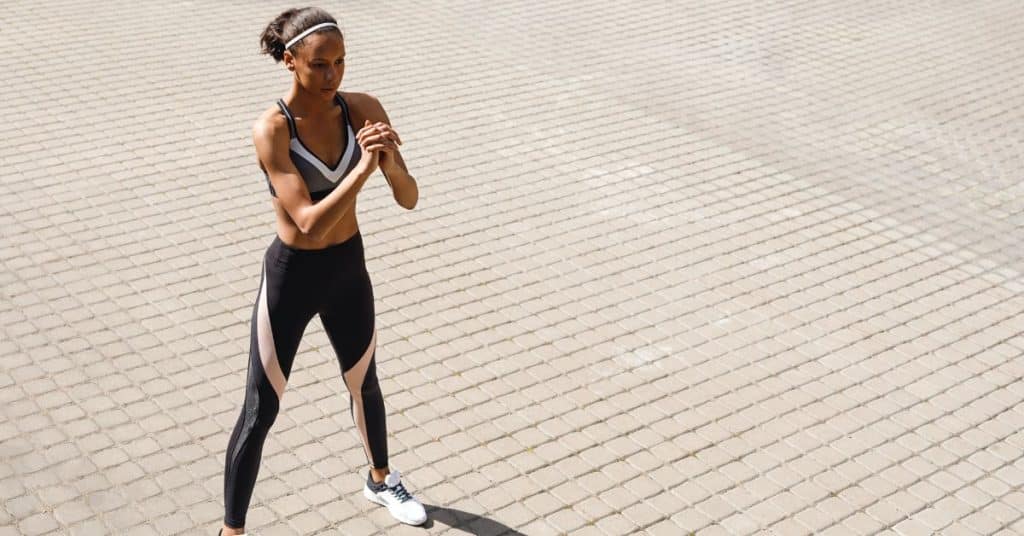

Osteoporosis is a serious problem. One in six women will fracture a hip during her lifetime.[1] That’s a really high risk. A fairly large number of men will also suffer a hip fracture, and commonly, once someone does, their overall quality of life declines. A fractured hip often puts a person on a much faster path to their eventual demise.
Fracture rates are highest in countries that consume the most dairy and calcium. Countries consuming little or no milk, dairy, or calcium supplements have 50–70% lower fracture rates. The World Health Organization coined the phrase calcium paradox to describe these surprising findings. The places where people are told to drink milk for strong bones are the same places with much higher rates of osteoporosis![2] After digging into this, Michael Castleman and I wrote our book, Building Bone Vitality.
I’m a nutritionist by training, so I’m most interested in nutritional and lifestyle strategies for maintaining good bone health. But the overall strategy has traditionally been:
The conventional wisdom says “drink more milk, and your bones will be strong!”
However, we are making a big leap when we go from 1) osteoporosis is characterized by the loss of mineralization in bones (in particular calcium) to 2) all we have to do to slow or reverse osteoporosis is pour some more calcium into the body in the form of dairy, supplements, or other dietary habits.
The problem is that the amount of calcium we pour into the body is not directly related to how much calcium is in bone. There has to be sufficient calcium consumed for a bone to take up calcium, but simply pouring it in is not enough of an impetus for bones to take up calcium.
Our muscles are similar. Having sufficient protein available in the diet is necessary for muscle growth, but when we simply eat more protein, we don’t make the muscles grow. Using the muscle is what makes it grow, and using the bone makes the bone take up more nutrients needed for rebuilding. The assumption that just pouring calcium into the body is all we need is incorrect. On top of that, we also need to consider how calcium leaves the bones.

First, choose a diet rich in plant foods and extremely limited in or absent of animal foods. This helps produce overall good health.
Second, prioritize getting a good variety of foods from plant sources. There are at least 17 different nutrients that our bones need to thrive. We need to take the emphasis off of calcium and focus on a diet that will create an environment in the body in which bones want to make new bones and not break down. To do that, we must eat a healthy whole food, plant-based diet and move our bodies.
Third is what I just said: exercise. The literature demonstrates that exercise does not have to be at a high intensity or weight lifting, but it does need to be regular. Walking, dancing, gardening, etc. are all fantastic activities for bones! Hiking is also great. It’s even better than walking on a treadmill because you use the same muscles and bones repeatedly on a treadmill, whereas walking on a trail requires that you do side-to-side movements, climbing, going downhill; because of that variability, you stress the bones in different directions and in ways that you wouldn’t get on stationary equipment. I also recommend that people use their arms! Knead bread, garden, or do yoga!
Fourth, know your vitamin D status. If you don’t have enough, work with your health care provider.
To summarize, eat a plant-based diet and then go outside and play! To learn more about diet and bone health, watch this recorded webinar.
Copyright 2025 Center for Nutrition Studies. All rights reserved.